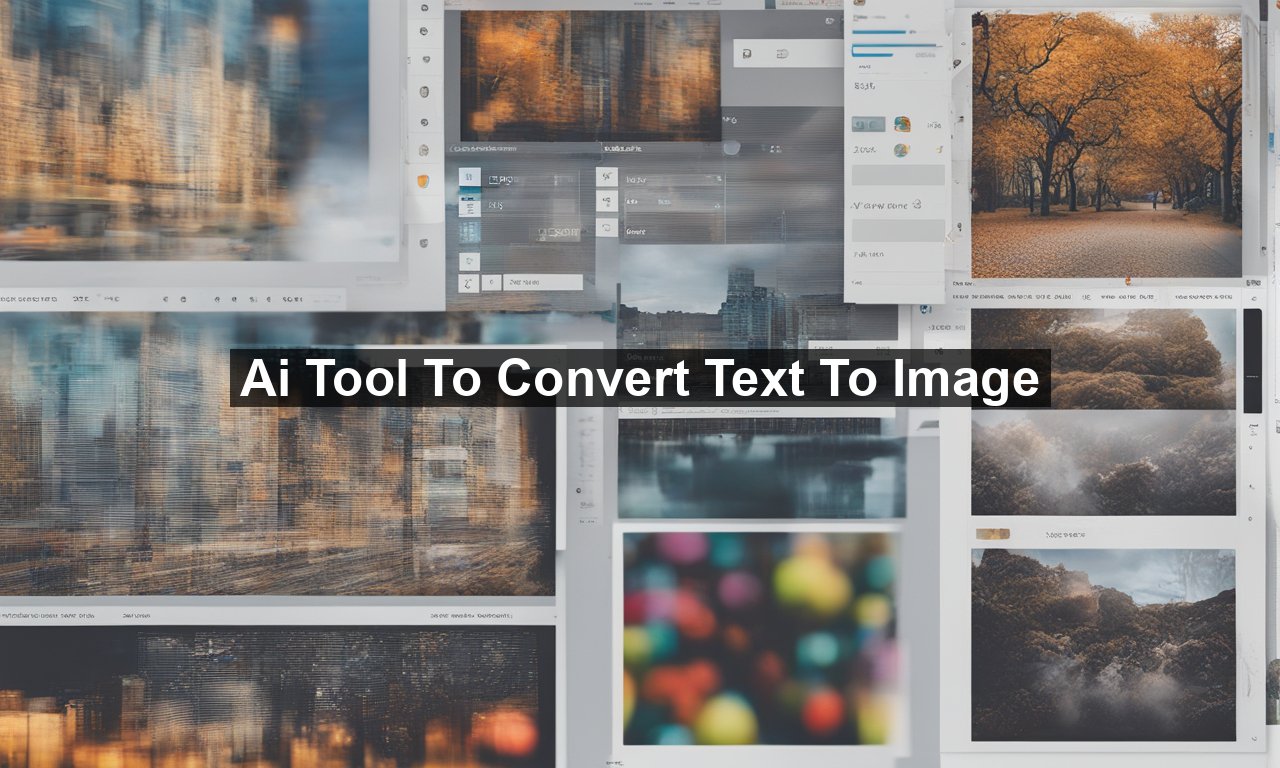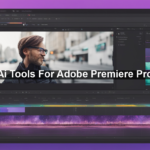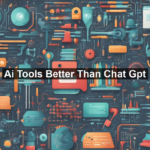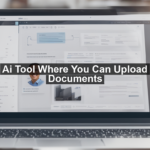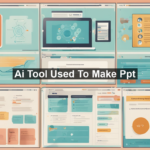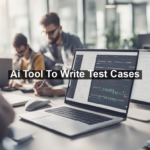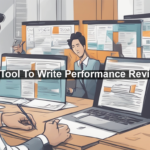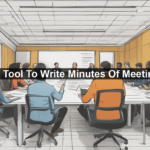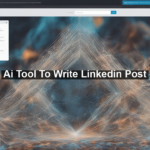Have you ever imagined transforming your ideas into powerful visuals with just a few clicks? Introducing AI tools that convert text to images—a revolutionary advancement that’s changing the way we create and share visual content. In this article, we will dive deep into the world of text-to-image AI tools, explore their significance, and answer common questions to help you leverage this technology to its fullest potential.
What Are Text-to-Image AI Tools?
Text-to-image AI tools are software applications designed to generate images based on textual descriptions. These tools utilize advanced machine learning models, such as Generative Adversarial Networks (GANs), to understand and translate the text into corresponding visual representations. Think of it as typing “a sunset over the mountains” and watching the AI bring that scene to life with remarkable accuracy.
Why Are They So Important?
The significance of text-to-image AI tools goes beyond their impressive technological capabilities. They offer numerous benefits that cater to a wide range of industries and individual use cases:
– **Enhanced Creativity**: These tools empower artists, designers, and content creators by providing a new medium to visualize their concepts.
– **Efficiency**: Instead of manually designing an image, users can instantly generate visuals, saving considerable time and effort.
– **Accessibility**: People with limited graphic design skills or resources can now create high-quality images effortlessly.
– **Customization**: Whether it’s for marketing, education, or entertainment, these tools allow for highly specific and customizable visuals.
How Do They Work?
Text-to-image AI tools work by converting textual input into visual output using deep neural networks. Here’s a simplified breakdown of the process:
1. **Text Input**: The user provides a textual description of the desired image.
2. **Data Processing**: The AI processes the text using Natural Language Processing (NLP) techniques to understand the context and keywords.
3. **Image Generation**: The AI employs GANs or other models to generate an image that aligns with the textual description.
For a more in-depth understanding of how GANs work, you might find this article useful.
Popular Use Cases
Art and Design
Artists and graphic designers are leveraging text-to-image AI tools to experiment with new styles and create unique artwork. Whether it’s for digital illustrations or concept art, these tools are expanding creative horizons.
Marketing and Advertising
In the marketing world, visuals play a crucial role in capturing attention. Businesses can use these tools to quickly generate customized images for social media, blogs, and ad campaigns, enhancing their visual storytelling.
Education
Educators can turn textual content into engaging visual aids to better illustrate complex concepts and make learning more interactive.
Entertainment and Media
Writers and filmmakers can visualize scenes and characters, helping to bring their stories to life with more depth and detail.
How to Choose the Right Tool
With a plethora of text-to-image AI tools available, choosing the right one can be daunting. Here are some factors to consider:
– **Accuracy**: Look for tools that generate high-quality images that closely match your descriptive text.
– **Ease of Use**: Ensure the tool is user-friendly and doesn’t require extensive technical knowledge.
– **Customization**: Choose a tool that offers various customization options, allowing you to tweak the generated images as per your requirements.
– **Cost**: Evaluate the pricing structures and determine if it fits within your budget.
Examples of Popular Tools
1. **DeepArt.io**: Renowned for its ability to create stunning, artistic images, DeepArt.io is ideal for those looking to add a creative touch to their visuals.
2. **Runway ML**: Offers a suite of AI tools, including text-to-image generation, and is highly favored by professionals due to its flexibility and robust capabilities.
3. **Dall-E**: Developed by OpenAI, Dall-E is specifically designed to create detailed images from textual descriptions, offering a sophisticated level of detail and realism.
Challenges and Limitations
While text-to-image AI tools are groundbreaking, they are not without their challenges and limitations:
– **Context Understanding**: AI might sometimes misinterpret the context or nuances of text, leading to inaccurate images.
– **Quality Variations**: The quality of the generated images can vary based on the complexity of the text and the tool used.
– **Ethical Concerns**: The potential misuse of AI-generated images for deepfakes or misleading content is a significant concern that needs to be addressed.
The Future of Text-to-Image AI
The future looks promising for text-to-image AI tools. With continuous advancements in AI research and technology, we can expect even higher accuracy and more sophisticated functionalities. Innovations like multi-modal AI, which integrates multiple types of data inputs, could further enhance the capabilities of these tools.
To stay updated on the latest AI trends and their impact on various industries, consider following reliable sources such as MIT Technology Review.
Conclusion
Text-to-image AI tools are revolutionizing the way we create and consume visual content. From enhancing creativity to improving efficiency and accessibility, these tools offer numerous benefits across different sectors. By understanding their workings, use cases, and limitations, you can make informed decisions on how to best incorporate them into your projects.
Stay ahead of the curve by exploring these innovative tools and unleash the full potential of your creative vision.
